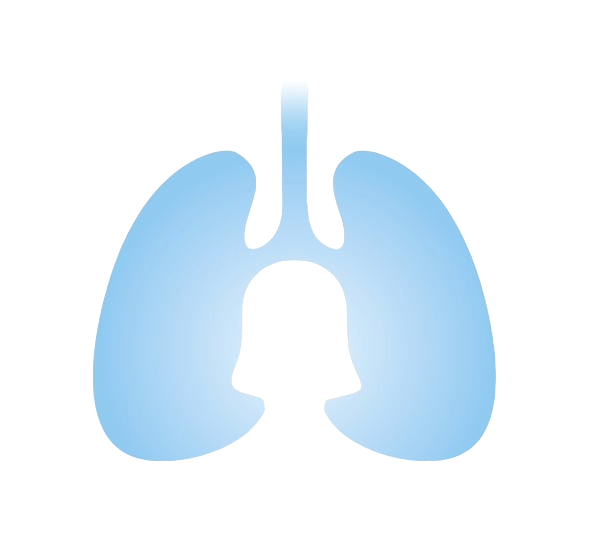
Here are some of the specialist respiratory physiotherapy treatments that I offer:
Breathing Retraining
Breathing retraining aims to correct the route, rhythm, muscles used, and depth of breathing. Poor posture and muscle imbalance are addressed so that you use the right muscles with minimum effort to give you the correct amount of oxygen and carbon dioxide to live and feel well. Any underlying health condition is accommodated, and training is adapted accordingly. Breathing becomes more efficient and less effortful. This allows you to have more energy for the things that you enjoy.
Breathing Techniques
There are specific techniques for managing exercise-induced laryngeal obstruction: reducing airflow during activity such as running, rowing, or cycling and rescue breathing techniques for acute attack.
There are various techniques to improve carbon dioxide tolerance, which can be a major cause of poor breathing.
There are breathing techniques to manage anxiety, ie, full body relaxation, panic attacks, difficulty sleeping, decompressing before or after stressful situations, episodes of hyperventilation.
Breathlessness Management
Breathing exercises for SOB
Pacing
Energy conservation
Positioning
Managing thoughts about breathlessness
Airways clearance
Cough Management
Cough Suppression Techniques: where there is a hypersensitive cough reflex. This can cause irritation and inflammation and perpetuate a cough, impacting quality of life.
Airway clearance techniques: to remove excess mucus from the airways to reduce infection and make breathing easier. Advice on adjuncts to assist airway clearance and medication.
Fatigue Management
Support with pacing, prioritizing, and planning. Heart rate monitoring to help with symptom awareness and control.Advice on analeptic/restorative strengthening exercise (these won’t exacerbate symptoms of malaise). Exploration of the symptoms of post-exertional malaise.
Strengthening and Stretching
For breathing to be adaptable, the body needs to be both flexible and strong. There can be tightness and weakness in breathing and postural muscles. Specific strengthening and stretching exercises can make a lot of difference to breathing well and moving freely.
Inspiratory muscle training (IMT) is now widely used in breathlessness management and athletes. It increases inspiratory muscle strength and endurance, reduces breathlessness and improves exercise capacity. Breathing pattern must be corrected prior to training. Athletes can see a 5-10% improvement in their results overall, and see benefits as soon as 3-6 weeks.
Upper Airways Management
Nasal rehabilitation: this includes nasal hygiene and improving nasal patency and airflow.
Correcting the alignment of the upper airway, looking at posture.
Myofunctional oropharyngeal exercises to reduce snoring,
Rescue techniques and techniques to reduce airflow in exercise-induced laryngeal obstruction.
